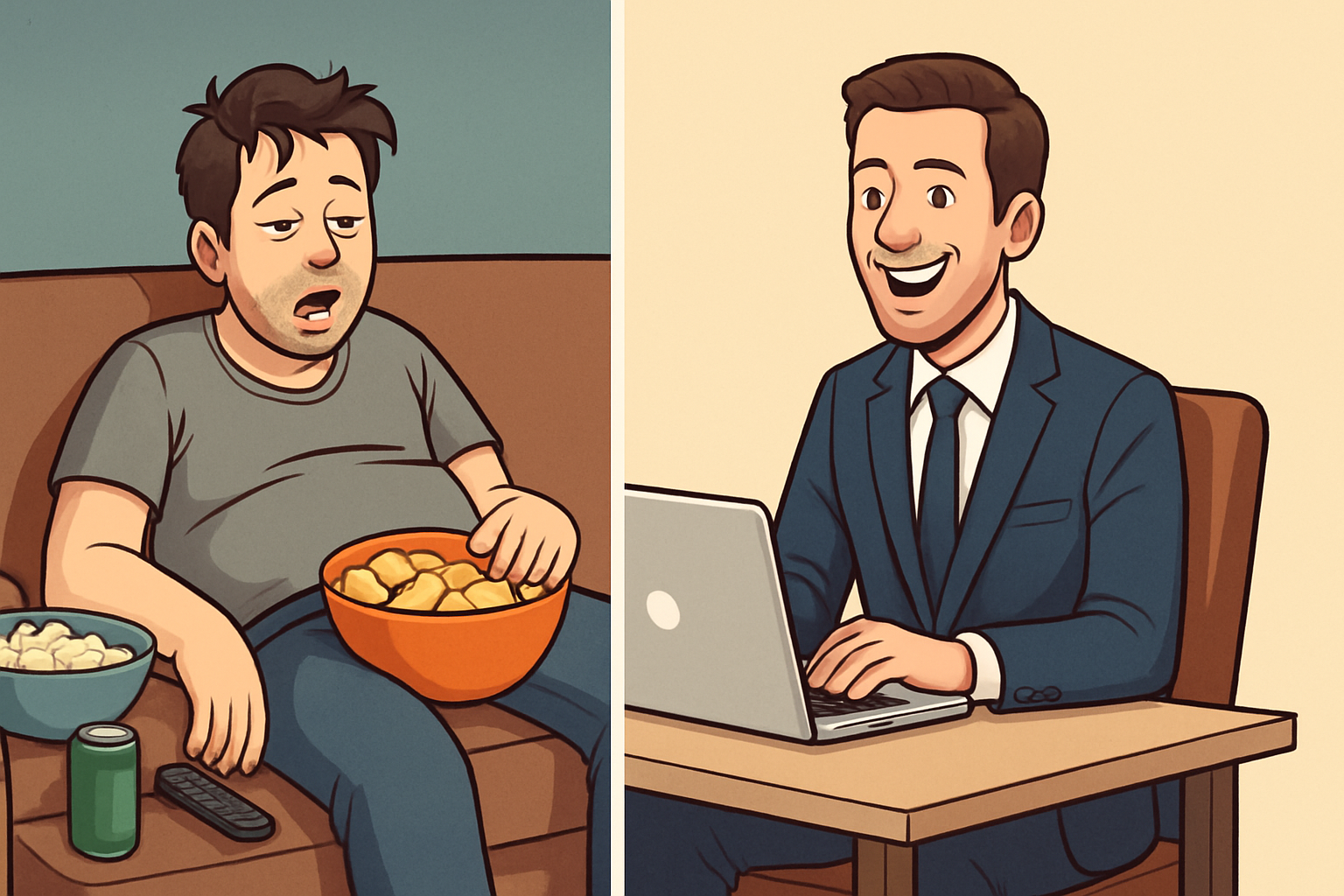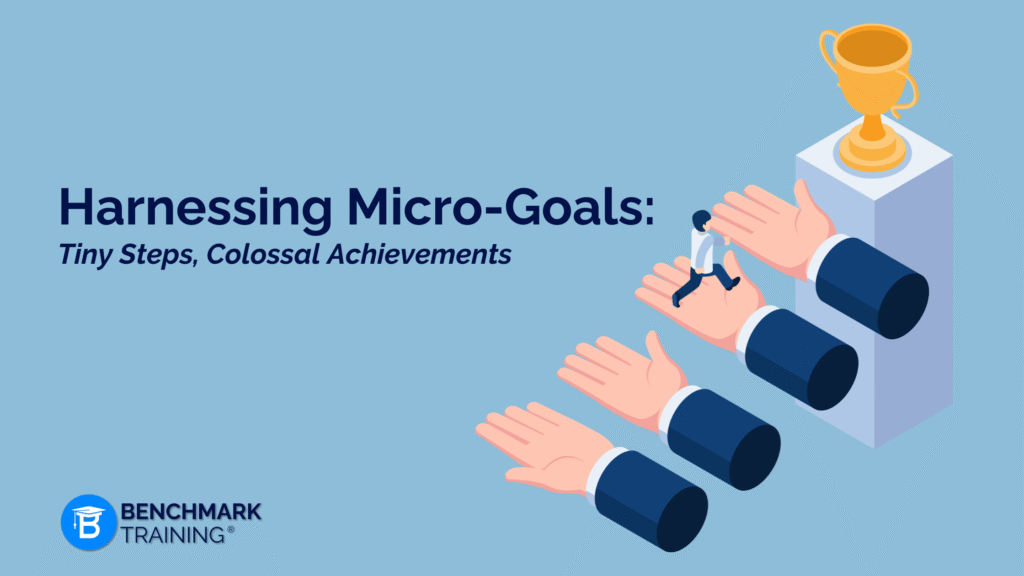Physical Address
304 North Cardinal St.
Dorchester Center, MA 02124
Physical Address
304 North Cardinal St.
Dorchester Center, MA 02124

Face it: procrastination is that sneaky bad habit that begins innocently enough but develops into a time- and energy-consuming monster that consumes your self-esteem along the way. I’ve been there, telling myself, “I’ll begin tomorrow and stop procrastinating,” and tomorrow becomes next week, and the next thing I know, a month has passed. Whether it’s putting off critical work, missing a workout, or avoiding that career-defining decision, the underlying issue remains the same—we get stuck. And escaping the loop? It’s tough. But possible.
The first one that actually worked for me was abandoning the massive to-do lists and substituting them with minuscule, manageable micro-goals. Rather than typing “finish client project,” I now begin with “open the doc and write 100 words.” It sounds nearly ridiculous, but when your mind is stuck, the smaller the task, the less difficult it is to begin. Momentum develops rapidly when you cease waiting for motivation and begin generating movement. This strategy particularly served me when I was experiencing depression procrastination—those days when even the smallest task seemed like a mountain. Micro-goals enabled me to climb back up, incrementally, one small victory at a time.

Here’s reality: if it’s not on your calendar, it probably won’t occur. I once created lengthy to-do lists that never materialized. Now, I schedule specific times on my calendar for work, even for breaks. I commit to them as if they were appointments that I must attend. It is not about being mechanical—it is about establishing order that helps my brain rather than allowing chaos. Having a firm schedule cuts out decision fatigue that creates procrastination. The secret is to schedule in a manner that honors your time, energy and concentration—something that I learned the hard way.
Distractions are like termites—you don’t notice the destruction immediately, but they’re chewing through your productivity from the inside out. I needed to be brutally honest with myself: social media, YouTube rabbit holes, WhatsApp notifications—all of it was keeping me on the procrastination merry-go-round. So I removed unnecessary apps from my phone, silenced notifications, and began using browser blockers. My phone gets locked away in a different room when I work. These adjustments weren’t easy to begin with, but the sense of clarity and calm that came afterwards was well worth it. If you want to beat procrastination, you’ve got to be brutal about your distractions.

This technique revolutionized the game for me. I used to believe that I needed to work for hours just to accomplish anything worthwhile. But once I adopted the Pomodoro Technique—25 minutes of intense work followed by a 5-minute break—I was amazed at what got accomplished. This system fools your brain into beginning by shrinking the task and making it less daunting. It’s ideal for attacking tasks you’ve been dreading and allows you permission to rest without guilt. The steady rhythm also kept me going when I was in one of those ADHD-powered energy plunges.

Breaks used to seem like procrastinating, but actually, frequent breaks keep your mind fresh and avoid burnout. I now incorporate intentional pauses into my workday—walks, stretching, even dancing to one song. The little resets recharge my brain and make me stay productive for longer hours. Without breaks, I would reach a mental wall and fall into procrastination again. The secret here is balance: work intensely, then take time to recover. Don’t wait until your mind and body yell at you. Rest is part of the process, not the opposite of being productive.
The words we use to speak to ourselves impact everything. I used to constantly berate myself for procrastination—calling me lazy or undisciplined. But shame just pushed me further into the issue. What worked was changing my internal conversation from “I can’t believe you did this again” to “This is hard, but I’m getting it.” It was a subtle change that made a giant impact. Reminders like “I’m making progress each day” or “Starting small is still starting” became my refuges. When I slipped up, I showed myself the same compassion I’d offer a friend. It’s not about being soft—it’s about being effective.

If you’ve ever noticed that no matter how much you try, you just can’t “do it” you’re not alone. Most people with ADHD have a deep battle with procrastination, and I learned first-hand how closely the two are connected. The brain of someone with ADHD craves novelty, stimulation, and instant gratification—something that conflicts with most dull, routine chores. This doesn’t mean you’re broken; it means your brain works differently. Techniques like body-doubling (working with someone nearby), external reminders, and time-tracking became essential for me. Knowing the science behind my behavior helped me stop blaming myself and start working with my brain instead of against it.
There’s a big difference between being lazy and being emotionally drained. When I was at one of the lowest points of my life, I was trapped in loops of depression procrastination. I wasn’t just putting things off—I literally couldn’t bring myself to begin them. If that sounds like you, know that you’re not alone. What served me best was dividing my tasks into absurdly tiny steps and talking to a professional. Getting out of bed even counted as a success some days. When procrastination is linked to depression, it’s not a matter of motivation—it’s a matter of survival. Take care of yourself and get help if you need it. You’re worth it.

Let’s be real—we brains adore rewards. When I began rewarding myself for small accomplishments, such as writing 500 words or emptying my inbox—I found that I wanted to do more. Sometimes it’s a reward, a walk, a break, or a favorite program. Other times, it’s simply checking the task off with a big fat line. Treating yourself reinforces good habits and keeps you on the move. With time, I’ve trained myself to associate finishing tasks with good vibes rather than fear. It’s all mind game—and it pays off.
Stop procrastinating isn’t about flipping a magic switch. It’s about piling small wins that benefit your brain, your life, and your mood. Whether it’s goal-setting in pieces, working through ADHD traits, beating mental health barriers, or learning to speak to yourself nicely—every small victory matters. I’ve attempted and failed countless times, but each time I’ve returned with more strength because I kept testing. The mission isn’t perfection—it’s progress. So begin now, begin small, and persevere. You can do it.
1. What is the underlying cause of procrastination?
The underlying cause can be anything—it could be fear of failure, perfectionism, ADHD, or depression. The first step to breaking it is knowing what your particular trigger is.
2. How do I quit procrastinating with ADHD?
Apply strategies such as the Pomodoro technique, body-doubling, and time-blocking. Divide tasks into tiny pieces and treat yourself often. If symptoms of ADHD seem overwhelming, consider consulting a professional.
3. Is procrastination laziness?
Not at all. Procrastination is usually a survival strategy for emotional overload, mental exhaustion, or weak task organization—not laziness.
4. What has depression got to do with procrastination?
Individuals with depression have low energy and lack of motivation, so beginning or finishing a task seems impossible. Support, structure, and small wins are helpful.
5. Can procrastination ever be beneficial?
In moderation, it can bring clarity and assist with prioritization—but habitual procrastination does more bad than good. The secret is balance.
Share your details, and we will get back to you shortly!
This will close in 0 seconds
Share your details, and we will get back to you shortly!
This will close in 0 seconds